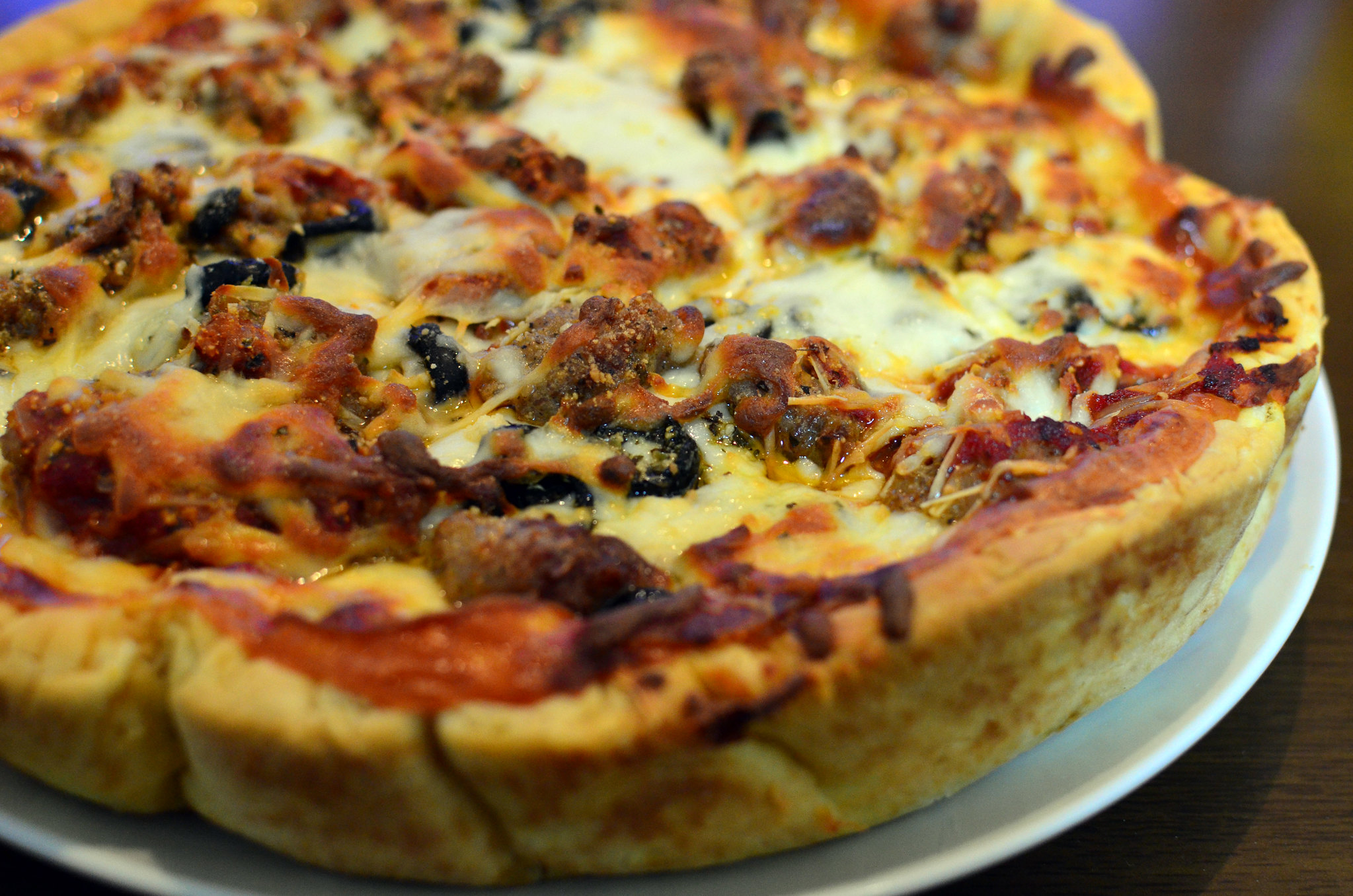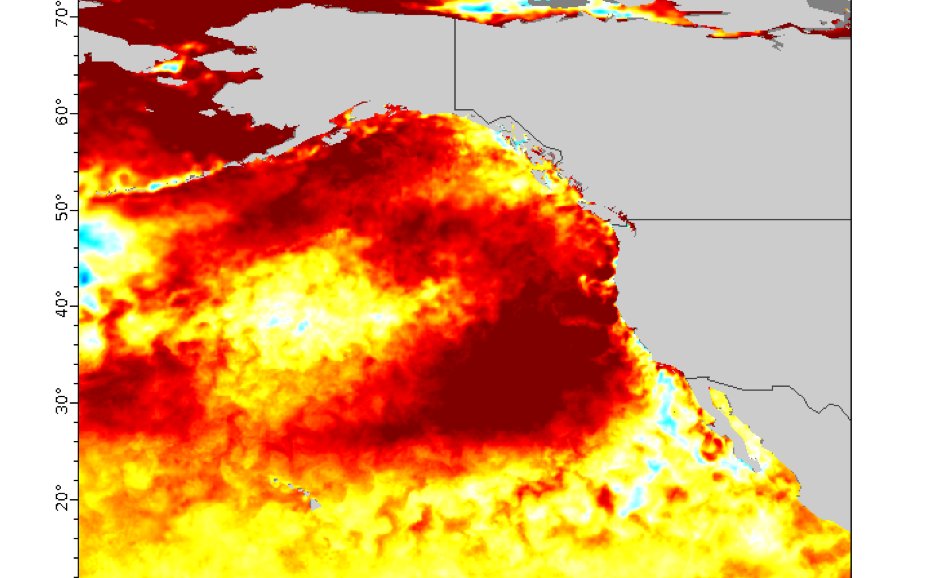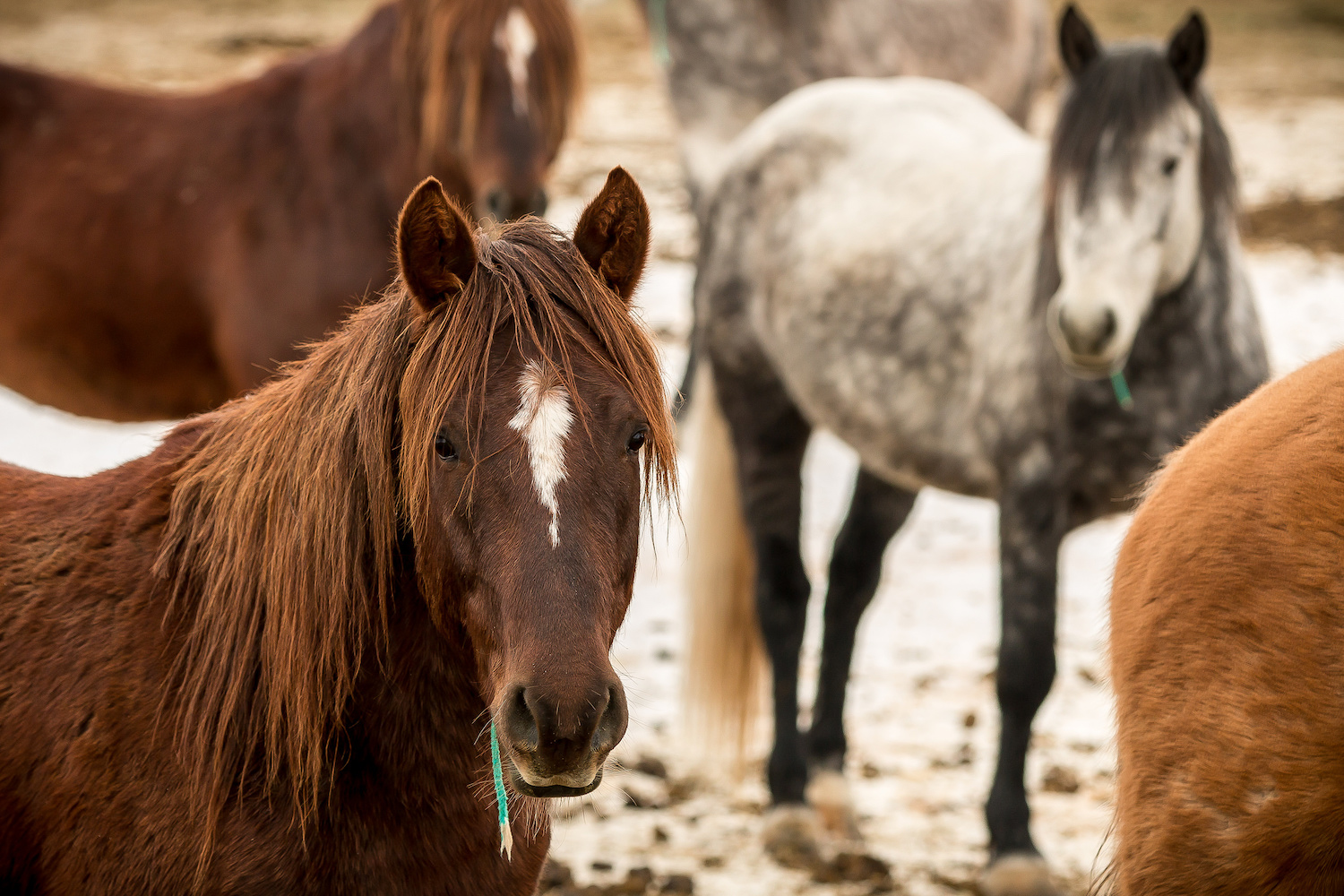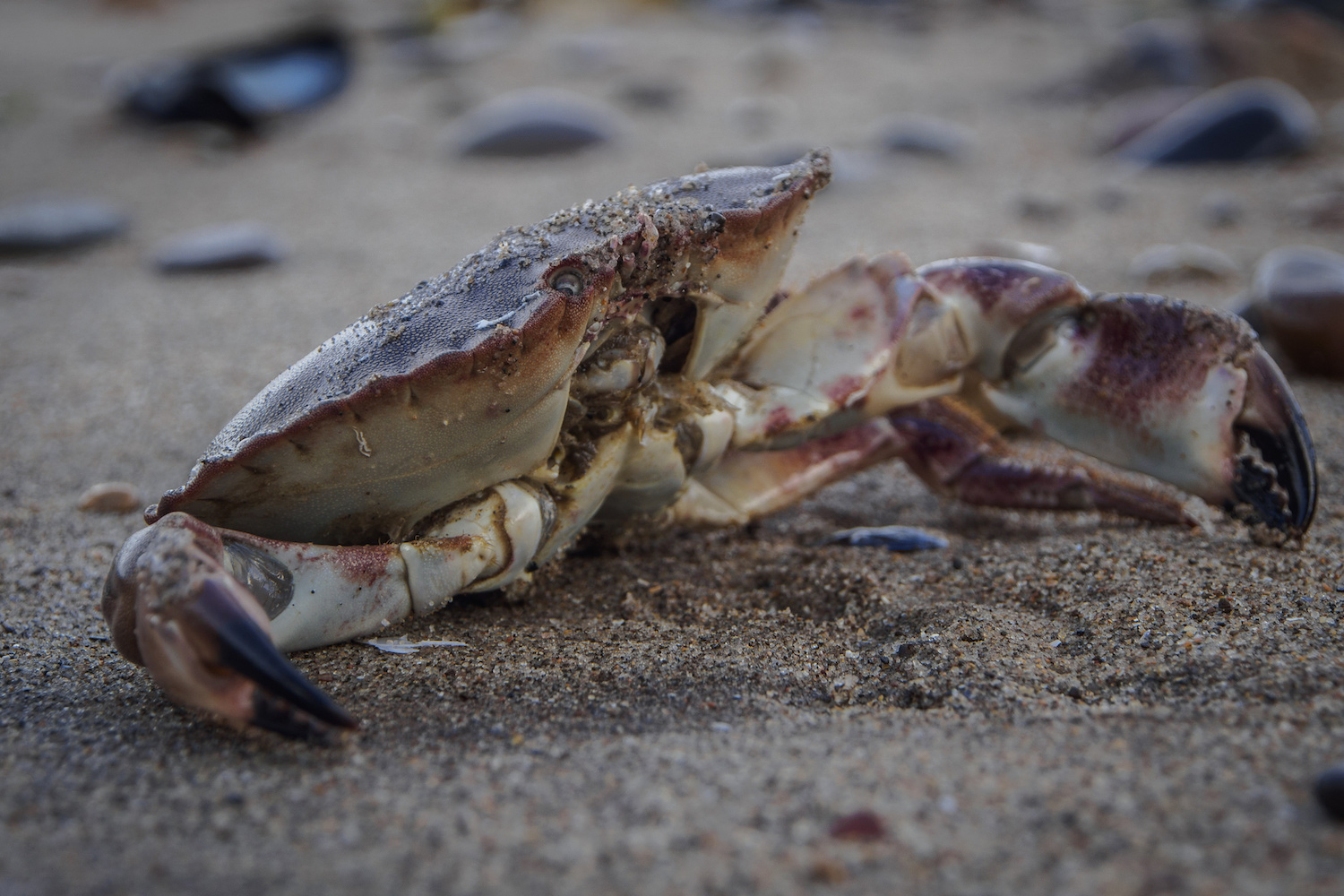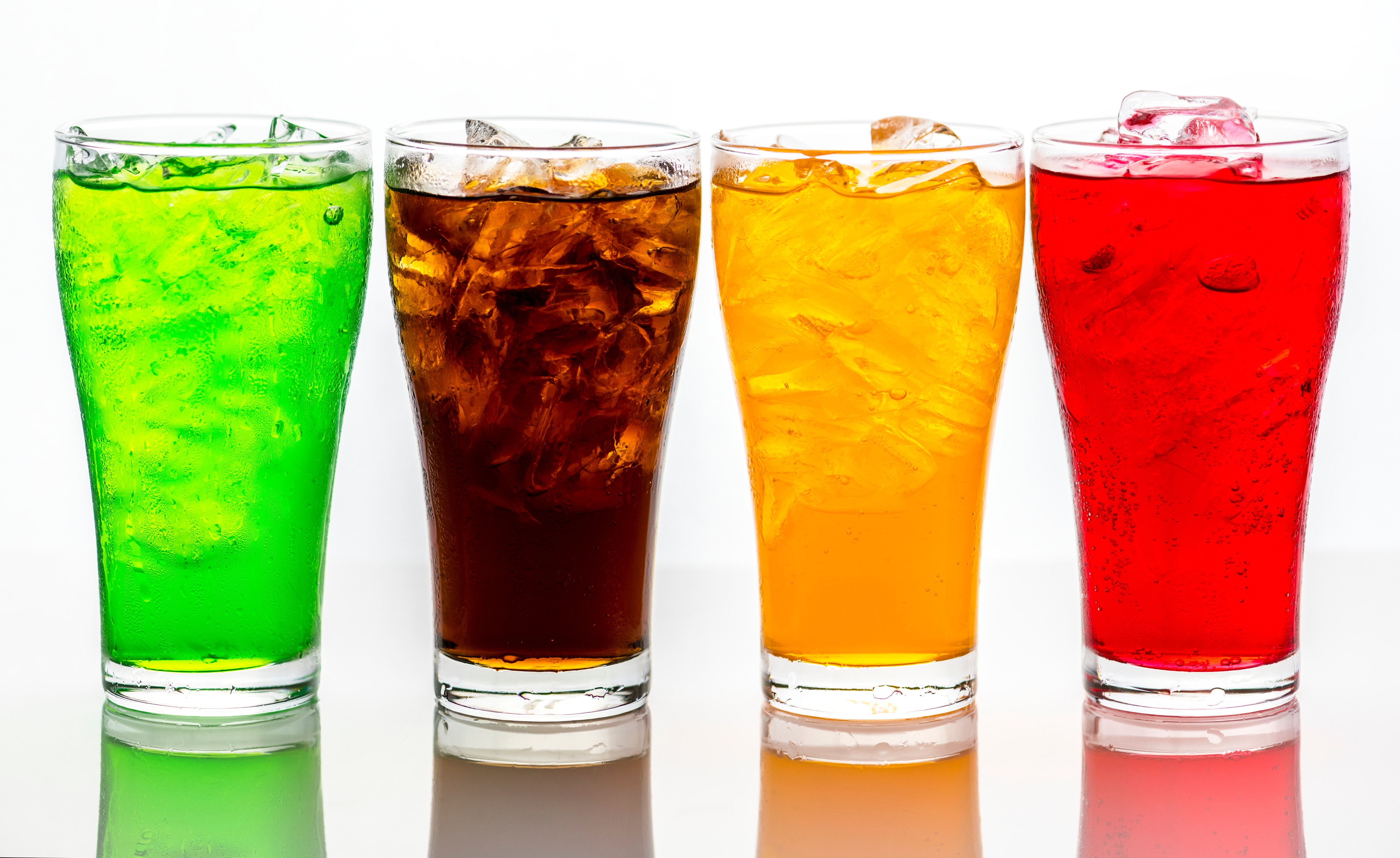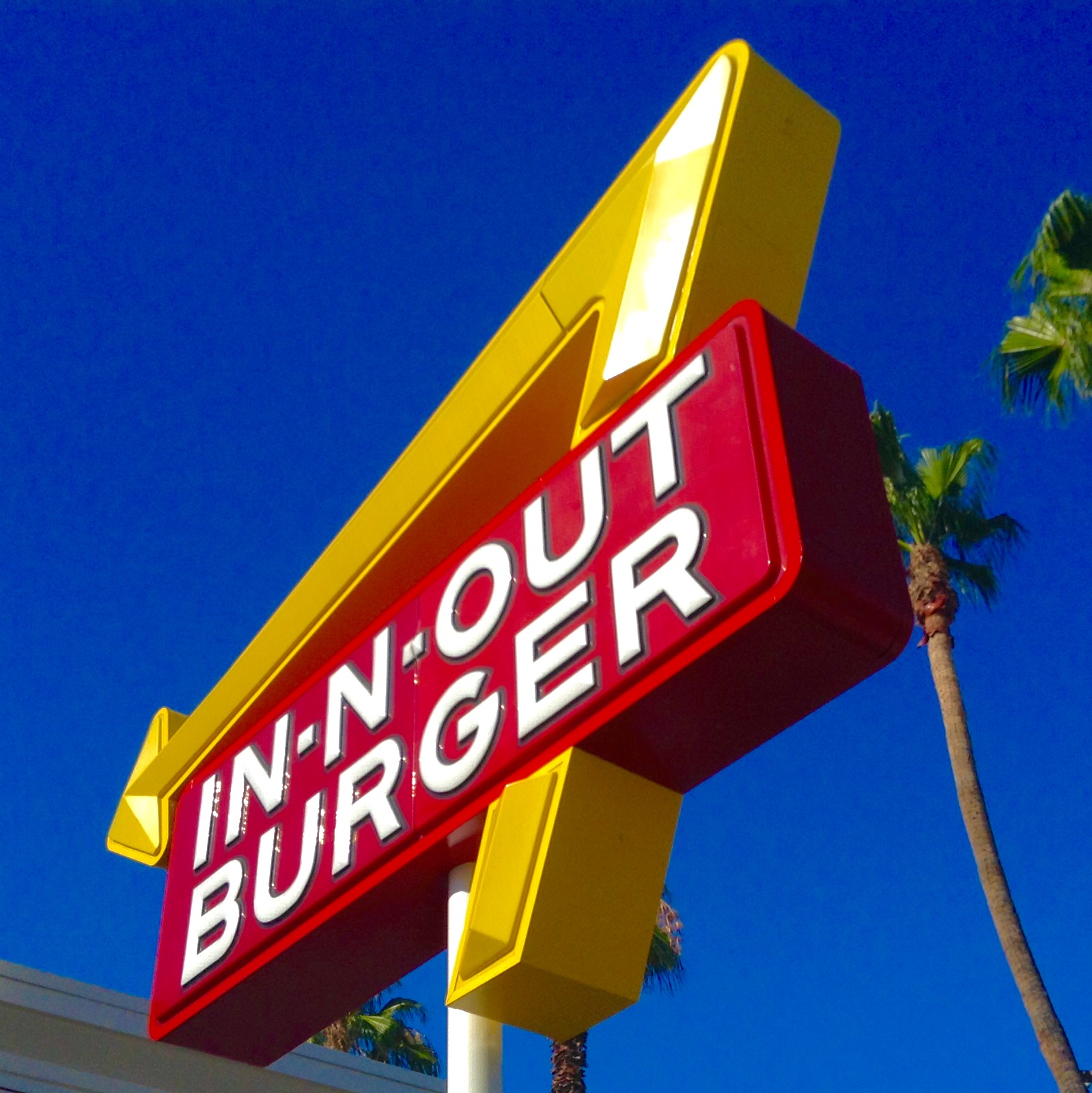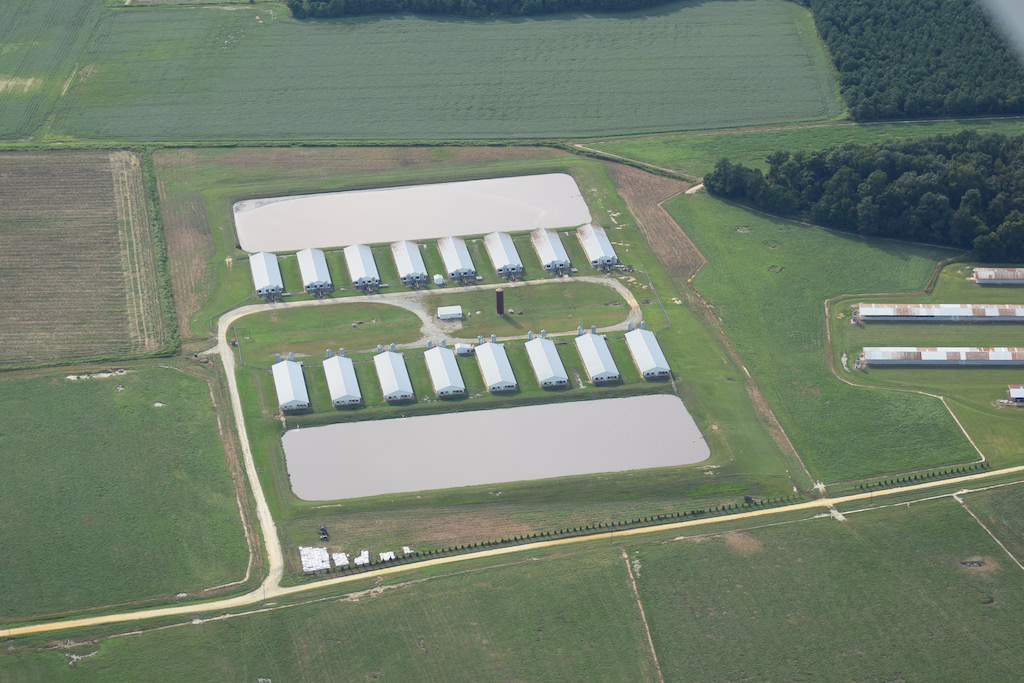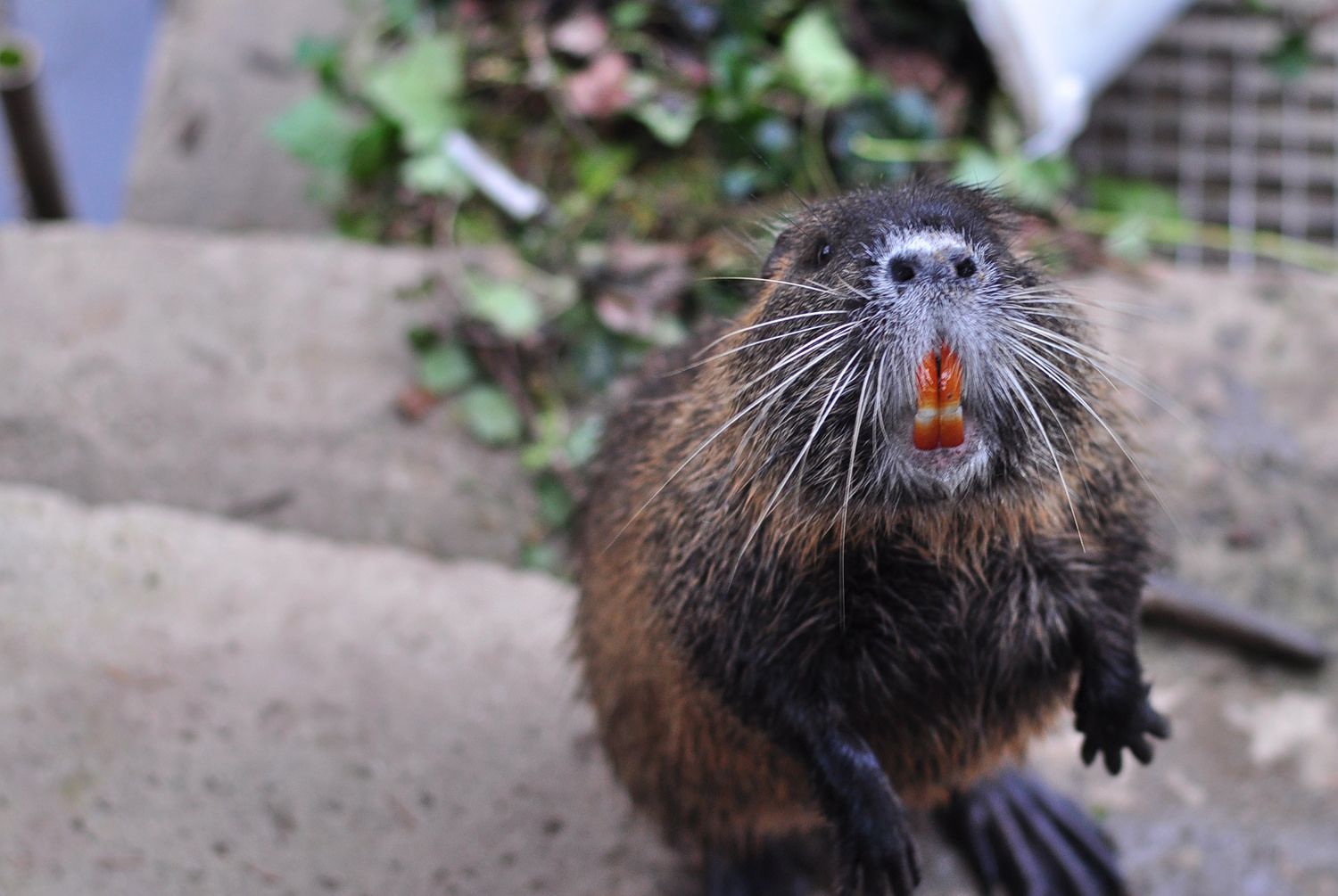This is the web version of a list we publish twice-weekly in our newsletter. It comprises the most noteworthy food stories of the moment, selected by our editors. Get it first here.
At least they don’t have opposable thumbs. “They have come close to harming my family and friends, ruined my cars, trashed my yard and much more,” says a former professional baseball player, weighing in sans hyperbole on some good ol’ New Jersey drama. The villains? Wild turkeys! In the idyllic (needs verification) town of Toms River, turkey gangs have taken to roaming the streets, causing mischief and scouring for snacks. Apparently they’ve started knocking on doors, and the Times is on it!
The thinnest slice. We are now making meat out of thin air. Well, it’s not meat, exactly—it’s a flavorless, flour-like powder that could, theoretically, be turned into something that looks and tastes like a chunk of chicken. And it’s not thin air, either—it’s microbes that convert carbon dioxide into protein. Other companies are relying on this fermentation process to make fish food, The San Francisco Chronicle reports.
Where have all the scallops gone? No, they weren’t all sacrificed for Kylie Jenner’s Halloween costume. But there’s no denying it’s a bad year for the shellfish: First, the bay scallops off New York’s Long Island bit the bubbles, possibly because of warm water temperatures. And now, Bloomberg reports a large Chinese seafood supplier says 80 percent of its scallops, valued at $43 million, have mysteriously died. What happened to them is not yet known, though Bloomberg flags that this company has been dragged for declining scallop output in the past.
Seedy beginnings. Coveted for its zesty flavor combination of poppy seeds, sesame seeds, dried garlic, onion, and sea salt, the origin story of the everything bagel is uncertain. That said, a sprinkling of middle-aged men are all certain they invented it. Today, the glam New York City creation is found everywhere from seasoning on breakfast fried-rice bowls to spice racks at Trader Joe’s. Taste spoke to several self-proclaimed creators to see where the flavor profile got its start.
The deadliest stalk. Little baby asparagus (asparagi?) are so cute and cuddly, but then they grow up to destroy the planet. Perhaps that’s a bit dramatic, but it turns out that, amongst its veggie brethren, asparagus bears a significantly higher carbon footprint (six times higher than avocado, the next produce item on the list). At National Geographic, Tamar Haspel digs in to some of the factors in its outsize impact, and it largely comes down to one thing: Air transportation, the preferred mode of transport for off-season asparagus.
(Ed. Note: This article was actually published in 2016 but was seen making the rounds on social media this week.)

